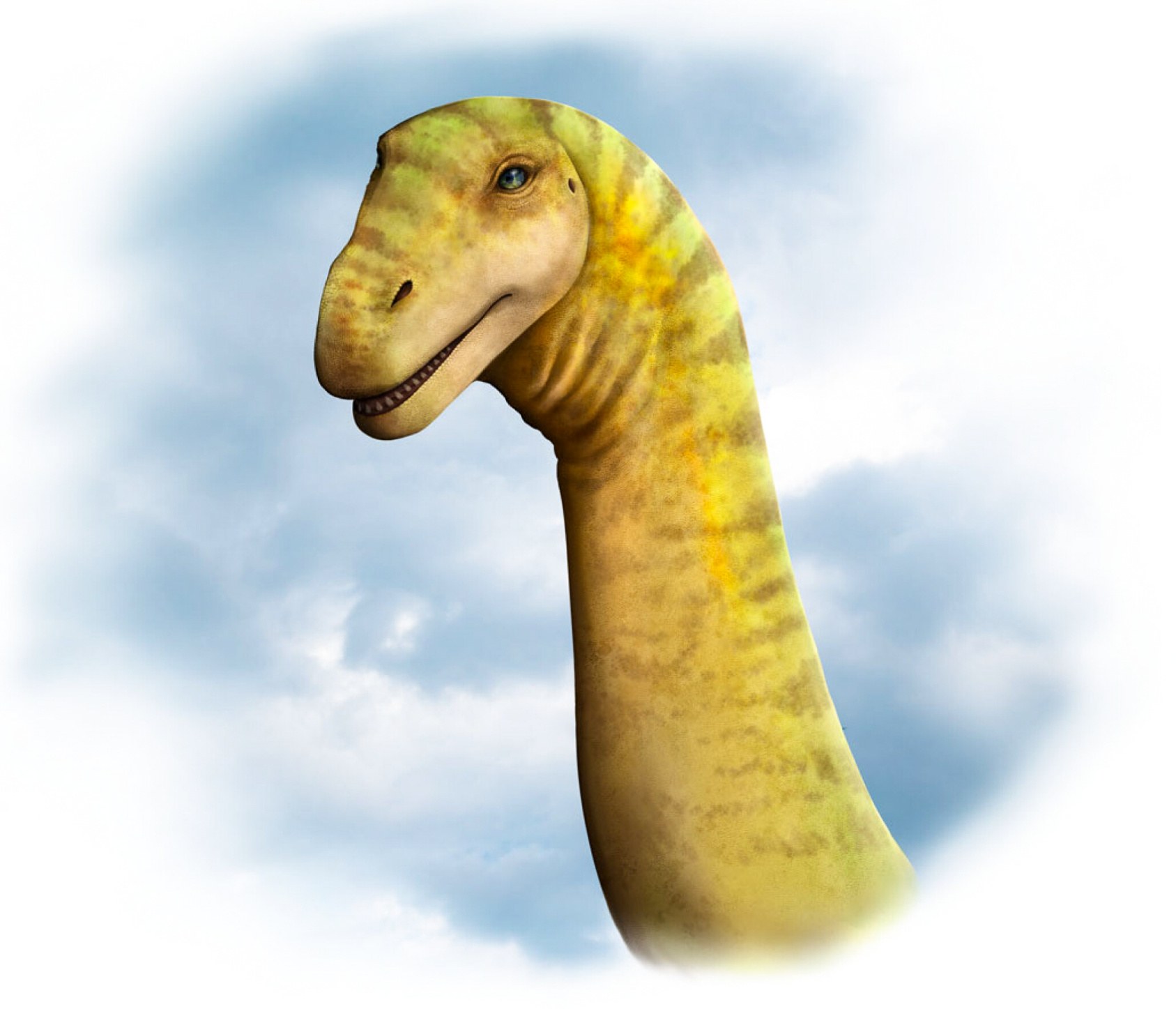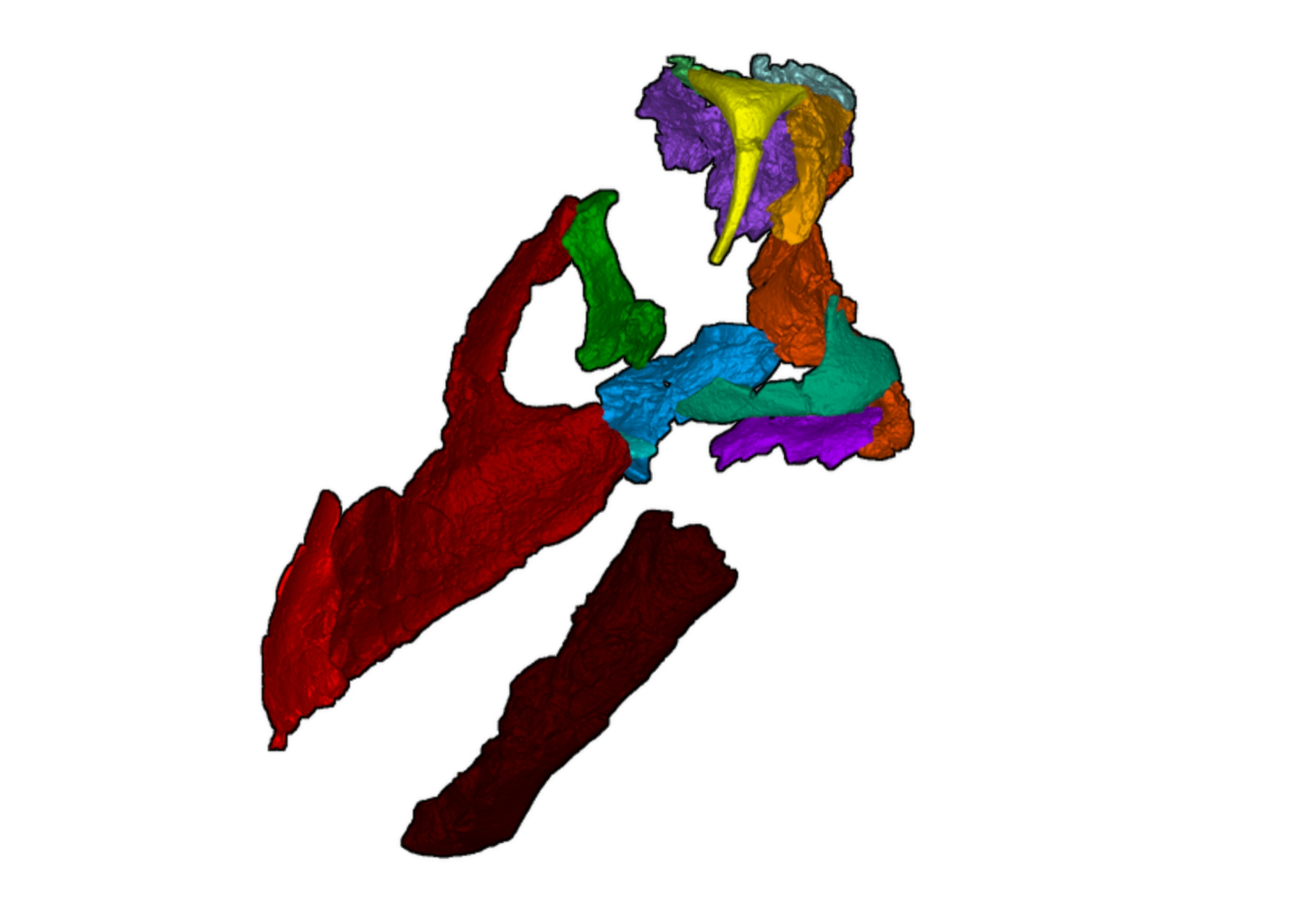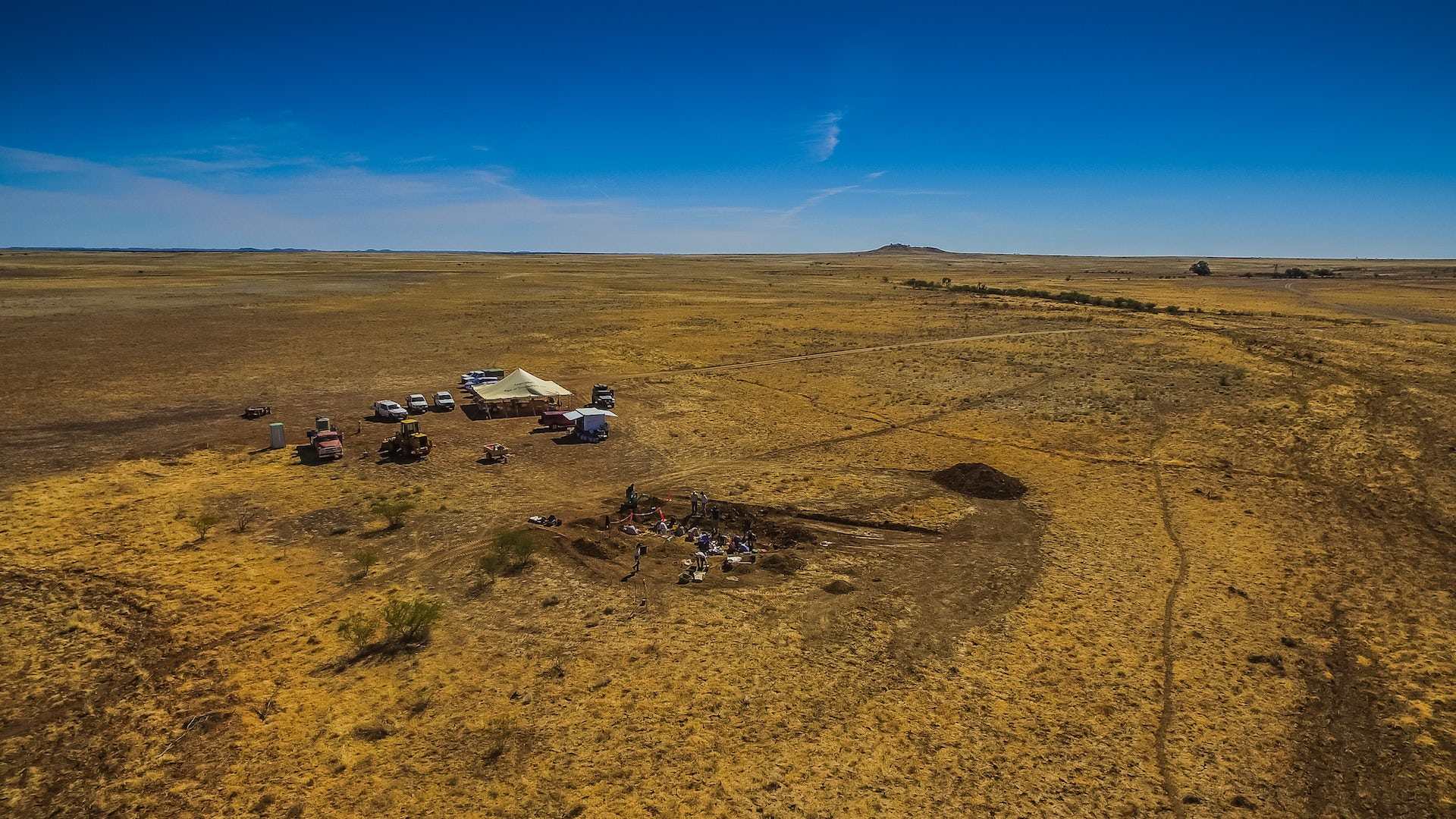The world of paleontology has been buzzing with excitement since the announcement of the groundbreaking discovery of a 95-million-year-old dinosaur skull in Winton, Queensland, Australia. The skull has been identified as belonging to a sauropod, a group of large, long-necked dinosaurs that once roamed the earth. What makes this find so significant is that it is the first nearly complete sauropod skull ever found in Australia. The discovery provides new insights into the evolution of these majestic creatures and could help researchers better understand how they lived and interacted with their environment.

The remarkable skull belonged to a creature scientists have dubbed “Ann”: a member of the species ‘Diamantinasaurus matildae’ which shows surprising similarities to fossils found halfway across the world, lending weight to the theory that dinosaurs once roamed between Australia and South America via an Antarctic land connection.
Discovered in June of 2018, sauropod Ann – lived between 95m and 98m years ago – is only the fourth specimen of its species ever discovered. Diamantinasaurus matildae was a titanosaur, a type of sauropod that included the largest land animals in historical existence. The discovery of the remarkable skull enables scientists to recreate for the first time what the dinosaur’s face may have looked like.

The nearly complete skull of the Diamantinasaurus matildae – the first to be found in Australia – is known for having small heads, long necks and tails, barrel-like bodies, and four columnar legs.
Ann likely measured 15 meters to 16 meters long from head to tail. The maximum size for Diamantinasaurus is about 20 meters long, 3 to 3.5 meters high at the shoulders, with a weight of 23 to 25 tonnes. “As far as sauropods go, they’re medium-sized, the largest (sauropods) push 40 meters in length and 80 tonnes in mass,” lead researcher, Dr. Stephen Poropat of Curtin University, said.

According to the researchers, “The bones of the skull were found around two meters beneath the surface, scattered over an area of about nine square meters. Much of the right side of the face is missing, but most of the left is present. Sadly, many of the bones show signs of distortion (presumably a result of post-mortem scavenging or trampling), which makes physical reassembly of the skull a delicate process.”
The Diamantinasaurus skull was found during a dig in 2018 by the Australian Age of Dinosaurs Museum, but has remained unreported until 2023. “We started finding mostly limb bones and vertebrae, but around one of the limb bones there were scattered small bones and it was hard to place what they were,” Poropat said. Mel O’Brien, a volunteer, then found “a really weird-looking bit of bone that we eventually realized had to be a brain case. That then made all the other bits fall into place – we realized that we had a skull that had basically exploded and the bits were scattered around the back leg bones.”

The discovery has offered a rare glimpse into the instinct animal’s passage through a warmer Antarctica. Analysis of the skull has uncovered the dinosaur’s pathway between South America and Australia through Antarctica between 100 and 95 million years ago, research released on April 2023 revealed.
“The window between 100 and 95 million years ago was one of the warmest in earth’s geologically recent history, meaning that Antarctica, which was more or less where it is now, had no ice,” Stephen Poropat said.
The study was published in the journal Royal Society Open Science. April 12, 2023.




